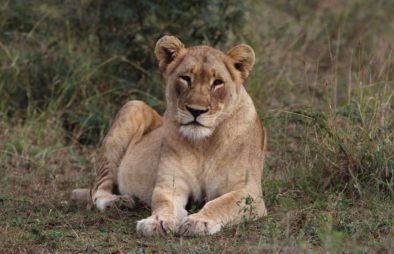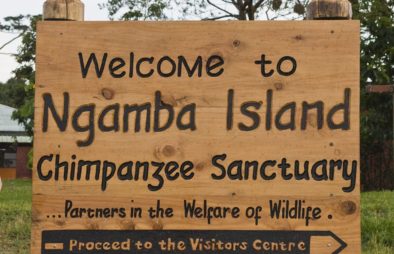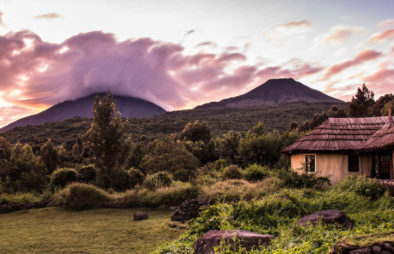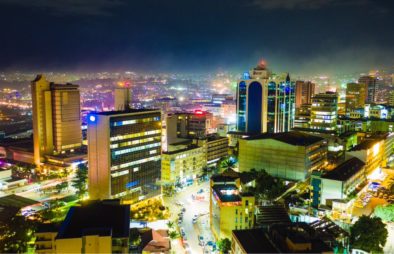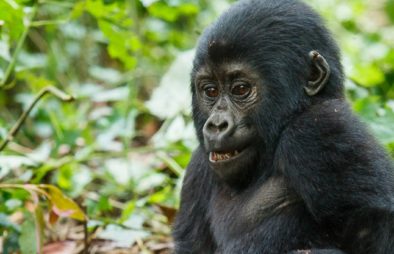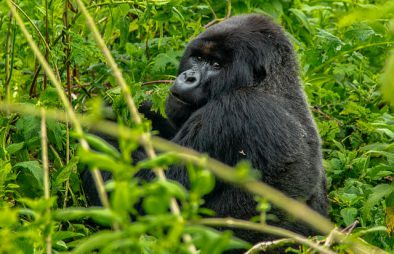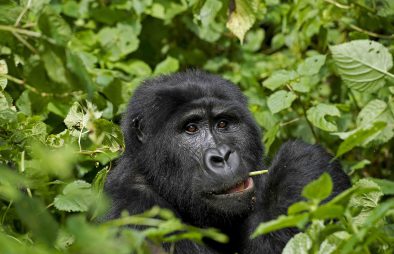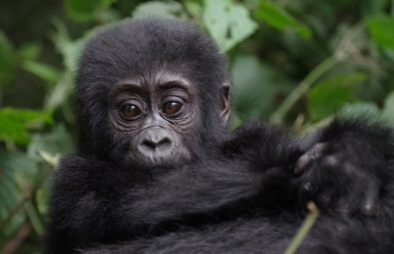Kasubi Tombs
Located about 7 kilometers off the heart of Kampala city – the oldest capital city in Uganda; a magnificent country east of the continent of Africa. Kasubi tombs is a stunning UNESCO World Heritage Site. Beyond wildlife, Uganda has a remarkable historical journey, uncovered by visiting its historical treasures such as this. It was originally built for Kabaka Mutesa 1, but then turned into a burial and an important cultural site two years later after he had passed on. The main Muzibu Azaala Mpanga house is the main attraction, built with traditional materials.
This site is found at Kasubi hill along Masiro road, Kampala capital city. It opens for guests from 0800 hours to 1800 hours. The place is designed with traditional art and materials and covers about 26 ha. of land. It was constructed in 1882 but then converted to a royal burial site two years later, in 1884 when the first Buganda King died. This is the only heritage site in central part of Uganda – the Kampala district.
Mapping the Kasubi tombs.
The area with many buildings, an agricultural area and graveyards is on the eastern side, whereas the main tomb is on the west. The main entrance gate is called Bujjabukula. It has a stunning outlook, featuring woven reeds on the walls, reed fence and thatched roof.
The entrance leads a path to a small courtyard, with the Ndoga-Obukaba, a roundhouse where royal drums are kept. Using the in front courtyard, you walk past a reed fence to an enclosed room where the ancient widows to the kings are buried. The same place acts as a point for performing rituals and other cultural performances by the royal family and other tribe members.
However, to know more about Kasubi Tombs, it is important to uncover the life of Baganda people and culture. These people belong to the Bantu ethnic group whose political influence date back to the 13th century AD. In history; the first Buganda king was Kintu, who is reportedly believed to have come to this place with his wife Nambi; the god of the sky. Kintu is said to have not died but rather disappeared into Magonga forest. There was a place called Kibira, where rituals and other cultural ceremonies were done, thus the original place where the graveyards and the tombs are.
The Kabakas always established their houses, on top of the hills to watch over the routes to the palace and also navigate any form of attack. And when a king died, each was to be buried in a separate place; a shrine believed to be having evil spirits. The burial place is comprised of the remains of clan chiefs, kings, their wives, ritual girls and royal family. Shrines and other graveyards are maintained to date.
Unfortunately in March 2010, the main thatched hut was burnt but the source of fire was not established. This was later turned into an endangered UNESCO World Heritage Site, not until it was reconstructed using the same natural art.
The notable kings buried at Kasubi Tombs include; Sir Edward Muteesa II who ruled from 1929 to 1969; king Daudi Chwa who reigned from 1896 to 1939; King Mwanga II who ruled from 1867 to 1903 and Kabaka Muteesa I who reigned from 1835-1884.
At the place of establishment, find other huts of the wives and other widows who take care of the kings’ graves. The houses are renovated using grass for the roofs, wooden materials for finishing and palm tree fond, but still keeping it with the traditional architecture.
There are 31 royal tombs in the Kingdom of Buganda. A visit to any or all of the tombs is a perfect way to study the authentic African culture, more about Uganda’s history and kingship.

